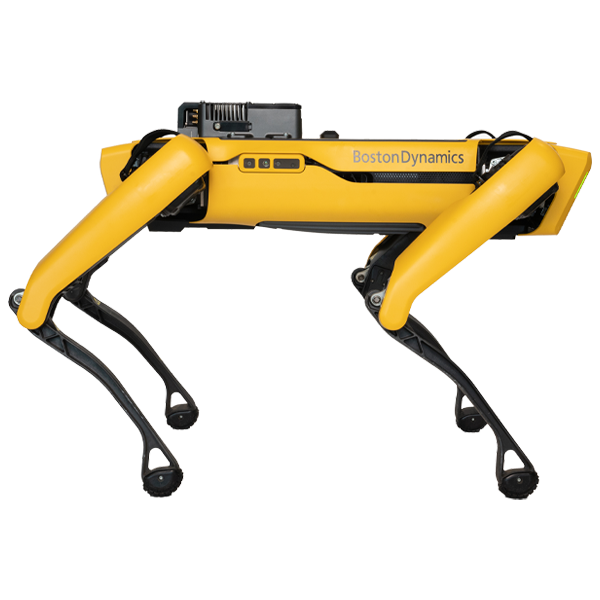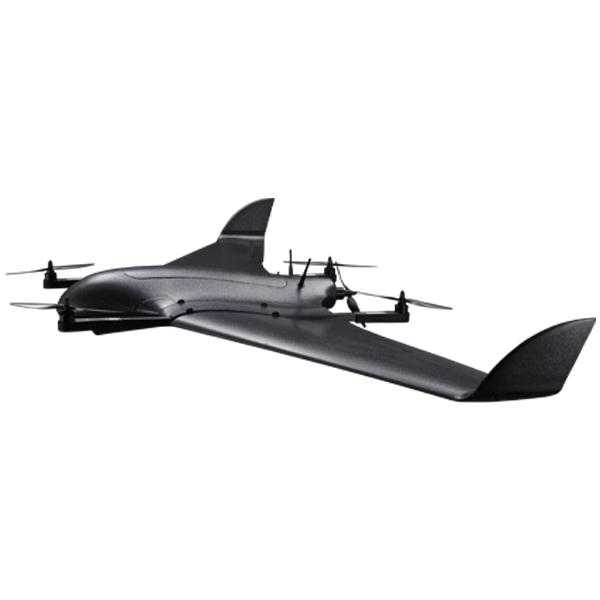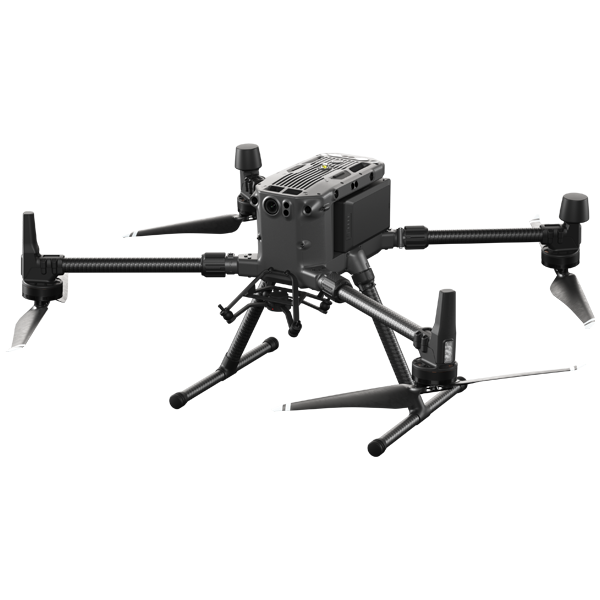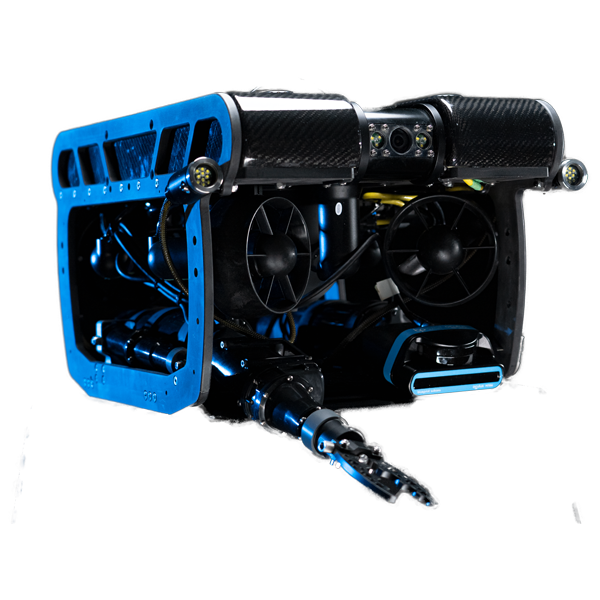Key uses for a RMUS Solution in Environmental Monitoring and Safety for the Mining Sector

Reclamation Monitoring
Drones assess post-mining land reclamation efforts, ensuring proper restoration of mined areas and compliance with environmental regulations.

Air and Water Quality Assessment
Drones equipped with environmental sensors monitor air and water quality in and around mining sites, helping detect pollution and ensuring environmental compliance.

Wildlife Habitat Preservation
Drones aid in monitoring wildlife habitats affected by mining activities, enabling mining companies to implement conservation measures and minimize ecological impact.

Emergency Response
Drones assist in emergency response, including locating and aiding individuals in distress, such as miners trapped in remote or hazardous areas.

Safety Inspections
Drones conduct safety inspections of mining equipment, infrastructure, and work areas, identifying potential hazards and ensuring worker safety.

Site Security and Surveillance
Drones provide site security by monitoring for unauthorized access, enhancing security measures, and improving overall safety at mining sites.
Each RMUS Canada Solution is developed by our Solution Development Team, custom made to the needs of our customers, fully comprehending the amount of detail that each project requires.
Top products for Environmental Monitoring and Safety Solutions for the Mining Sector

Boston Dynamics SPOT
SPOT will ensure the safety of your team by changing the way to monitor operation sites and high risk spaces.

DeltaQuad Pro
Offers state-of-the-art features for easy and productive mapping at a competitive
level of investment and operational costs.

DJI M300
Combining high-performance and intelligence, the Matrice 300 sets a new standard for industrial drones.

Deep Trekker Pivot
Striking the perfect balance between size and power. Equipped with 6 strong thrusters powered by lithium batteries, the Pivot provides users with stability, power, speed and control in a portable package.
These are some of the most used products in our solutions for companies on the Mining Sector from all over Canada, these products have proven tracks of efficiency and they rank amongst the most sought after.
Let’s talk about what your necessities are and let’s start working on a solution fit to your agency.
Payloads available for Environmental Monitoring and Safety Solutions for the Mining Sector

OFIL DayCor MicROM HD
Compact and lightweight solar-blind UV
camera tailor-made for detecting and
pinpointing corona partial discharge with
UAVs.
Coming Soon
Coming soon.
Coming Soon
Coming soon.
These payloads can be added and swapped to provide your solution with layers of information that will enhance the data to make the decision-making process more precise and swift.
Our Solutions Development Team is ready to provide their know-how to ensure the best performance and outcomes.
Services Available the Mining Sector

Program Development and Fleet Management
At RMUS Canada, we empower customers to harness the full potential of drones, providing tailored solutions that optimize performance, efficiency, and safety.
Our expertise in drone program development and fleet management is your gateway to a smarter, more agile future.

Full Warranty and Repair Service
We stand behind our drones with unwavering confidence. Our commitment to quality extends beyond just selling the latest in drone technology.
With our full warranty and repair service, we ensure that your investment is protected.

Full Tech Support
We’re about providing a complete aerial experience. Our full tech support service ensures that you’re never alone on your journey.
Whether a seasoned pro or a rookie, our dedicated team of experts is here to answer your questions, troubleshoot issues, and provide guidance every step of the way.
Get in contact with our Solutions Development Team
Unmanned Solutions require a great deal of planning for organizations, from the early meetings to fully comprehend your needs to the training and deployment of the Solution on site and even tech support after.
We provide support through the whole process to make it as thorough and friction-less as possible.
Tell us your story below and soon our Solutions Development Team will reach out to talk:
Contact Us
Let’s get your Unmanned Program off the ground with our solutions, the first step is to get in contact with our team during regular office hours, or message us with any details that you want to share with us
Headquarters (Ontario)
2160 Dunwin Drive, Unit 5
Mississauga, Ontario L5L 5M8
416 303 3575
Quebec
204 – 151 De Mortagne
Boucherville, Quebec, J4B 6G4
514 656 8901
Alberta
Fish Creek Office
Calgary
825 994 9121
Related content
Western Roadshow 2024
The RMUS Canada Roadshows are back and we have plenty of surprises ready for you. This year we are taking over Alberta in two amazing dates
Tech Week 2024
Tech Week 2024 sessions, a series of in-depth sessions that will be streamed online on the first week of April, 2024 with some of the foremost professionals in the drone industry.
What is DFR? – Drone as First Responder
Drones possess the ability to respond to emergency calls and quickly assess an event being able to be on scene within minutes of an initial call to help responders.
